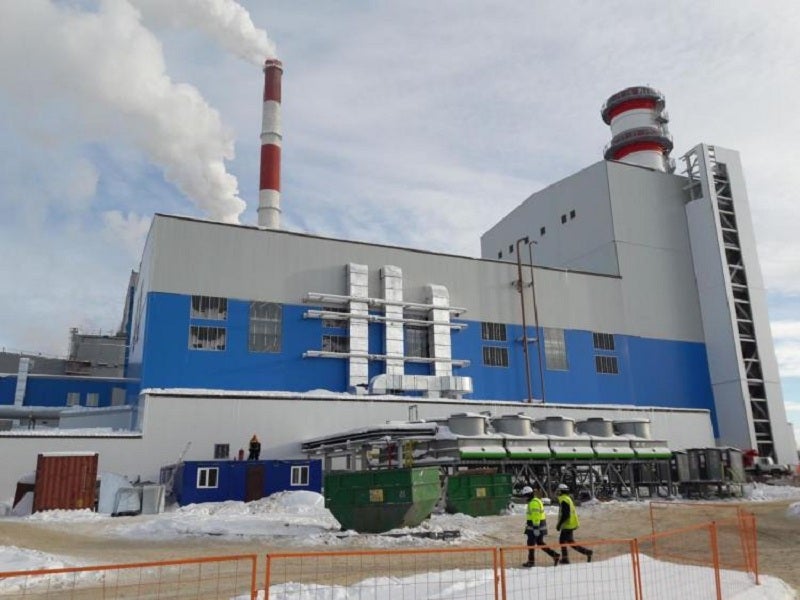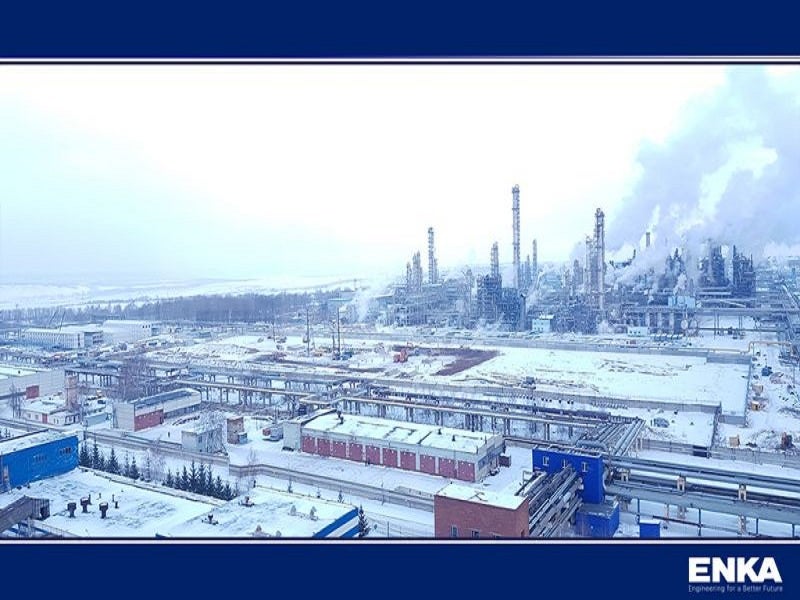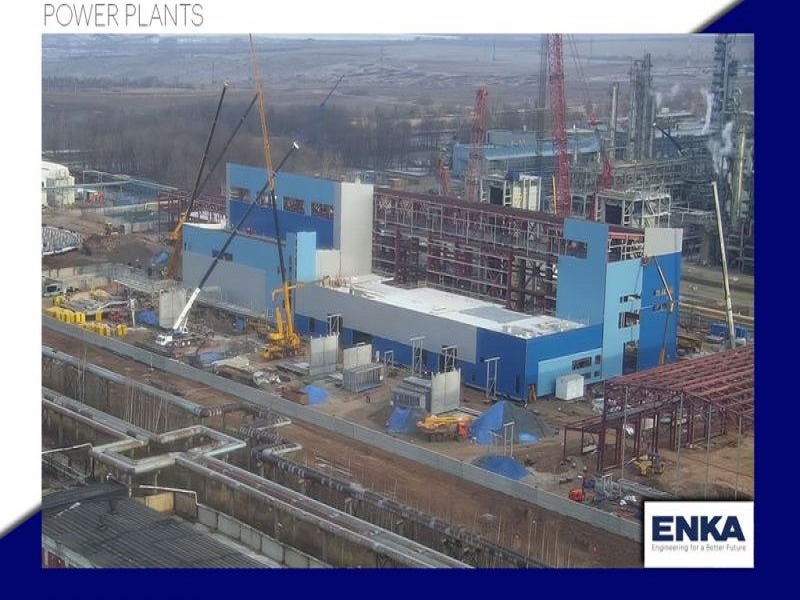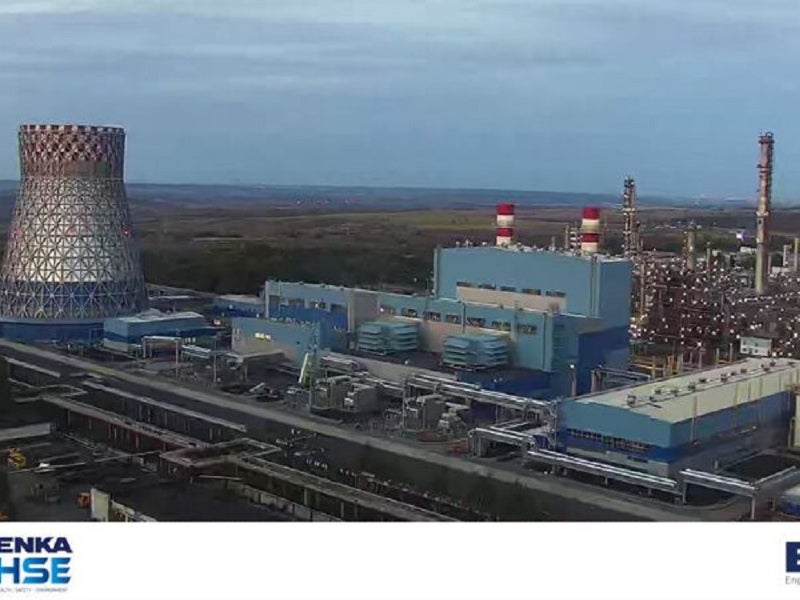Understand the impact of the Ukraine conflict from a cross-sector perspective with the Global Data Executive Briefing: Ukraine Conflict
The Nizhnekamsk is a 495MW combined-cycle power plant (CCPP) being developed by PJSC Nizhnekamskneftekhim, a member of TAIF Group, in Tatarstan, Russia.
The power plant will have a combined-cycle efficiency of more than 51%. The construction of the power plant began in December 2017, while operations are expected to commence in the first half of 2022.
In December 2021, Nizhnekamskneftekhim announced that 99% of the construction and installation works at the power plant had been completed, with the commissioning of the main and auxiliary equipment actively progressing.
Nizhnekamsk CCPP location
Nizhnekamsk power plant is located within the premises of the Nizhnekamskneftekhim petrochemical plant in Tatarstan.
The site is located in the south-eastern part of Nizhnekamsk city, on the left bank of the Kama River.
Nizhnekamsk power plant details and construction
The power plant is equipped with two SGT5-2000Е gas turbines, an SST-600 steam turbine, two heat recovery steam generators and a natural draft cooling tower. Other components of the plant include a condenser, three generators and three generator step-up transformers.
The CCPP has an 88m-tall natural draft cooling tower with a base diameter of 76m and air inlet height of 6m. The shell and internal structures of the cooling tower are made of coated/galvanised steel, and the tower uses soft water.
Civil works include the installation of 12 modules for heat recovery steam generators and underground steel pipe installation. Construction of four major buildings and the cooling tower involved 21,300m³ of concrete pouring, 3,400t of structural steel erection and 12,000m² of sandwich panel installation.
Installation of all the major equipment was completed by April 2021, along with back feed energisation from the reserve auxiliary transformer. First synchronisation of the first gas and second turbines were achieved in August and September 2021, respectively. The output from the first turbine unit was connected to the 110kV Zharkov distribution station.
Siemens SGT5-2000Е gas turbine details
The Siemens SGT5-2000Е gas turbine is a heavy-duty, fuel-flexible gas turbine capable of burning crude oil and fuels with high viscosity.
The turbine delivers a net plant power output of 275MW for a combined-cycle power plant, with net plant efficiency of 53.3%. It can achieve full load in 12 minutes due to its fast start-up ability. Its core engine has a horizontally split casing with two walk-in combustion chambers.
The hydraulic clearance optimisation (HCO) improves performance due to reduced clearance losses.
The turbine’s 16-stage axial-flow compressor integrates variable pitch inlet guide vanes to improve peak load operation and frequency stabilisation. It is equipped with two external silo-type combustors with hybrid burners for full fuel flexibility.
The turbine measures 10.3m long and 4m wide, with a weight of 189,000kg. Its engine can withstand cold climates, as well as hot and dry conditions.
Fuel supply
The Nizhnekamsk power plant will use a synthetic gas byproduct from Nizhnekamskneftekhim production processes as its main fuel, while natural gas will be used as a standby fuel.
The power plant’s ability to fire synthetic gas is expected to cut operating costs. The use of synthetic gas in the gas turbine units is in accordance with the Russian and European Union (EU) requirements for air-polluting gas emissions and will improve air quality in the Nizhnekamsk industrial hub.
Financing
Deutsche Bank is the sole mandated lead arranger and lender for the project. The bank, along with Bayerische Landesbank, Deutsche Zentral-Genossenschaftsbank (DZ Bank), Landesbank Baden-Wuerttemberg and UniCredit Bank, is funding the design and construction of the plant through a €240m ($277m) loan, with a repayment tenure of 15 years.
The credit facility is guaranteed by Euler Hermes, a trade credit insurance agency based in Germany.
Contractors involved
Turkey-based engineering and construction company ENKA and German industrial manufacturing company Siemens signed a co-operation agreement for the construction of the plant on a turnkey basis. ENKA is responsible for the engineering, procurement, construction and commissioning (EPCC) of the power plant.
Siemens was awarded a €380m ($446m) contract for supplying gas turbines, steam turbines and associated systems for the plant in December 2017. The contract also included the supply of associated power distribution systems and a 13-year service agreement.
Belgium-based engineering and contracting company Hamon was contracted to supply the natural draft cooling tower for the plant, while John Cockerill, a mechanical engineering group, is supplying the boilers.
Siemens contracted Flenco, an Italy-based equipment supplier for the power generation and oil and gas industries, to deliver auxiliary systems for the Nizhnekamsk power plant.







